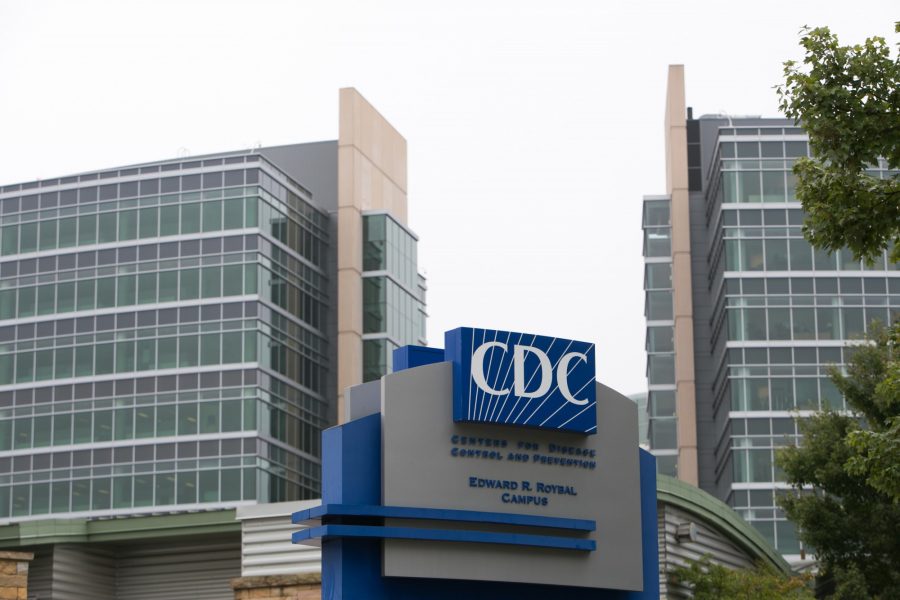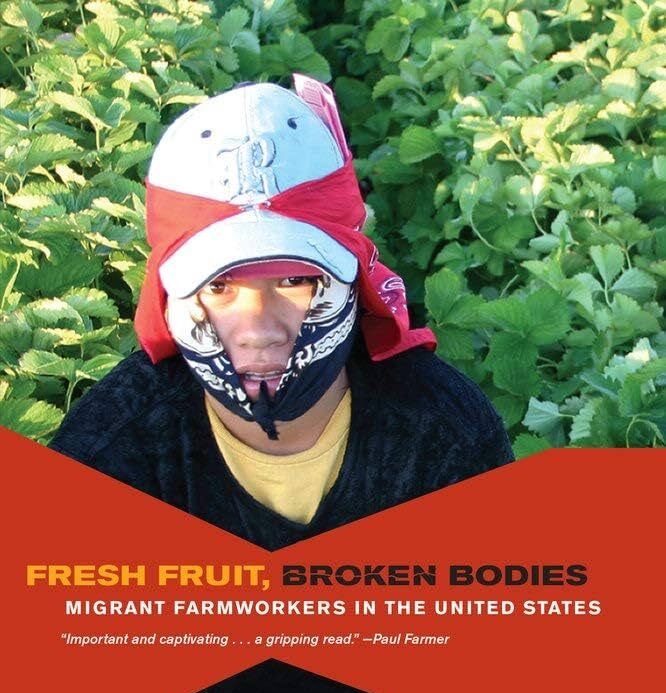Pregnancy can be a very special, important, vulnerable and challenging time, characterized by uncertainties and worries. These uncertainties have been increased due to the COVID-19 pandemic.
Current guidelines for the safety of pregnancies
The Centers for Disease Control currently advises women who are pregnant to follow a lot of the same practices that they are advising non-pregnant people. This includes maintaining a social distance of six feet, wearing masks, avoiding close contact with strangers as much as possible and washing hands for 20 seconds vigorously.
Additionally, the CDC is advising women to continue to go for their appointments and not let COVID-19 be a deterrent in seeking out necessary emergency care. Furthermore, they still encourage pregnant women to get their vaccines and get a 30-day supply of medications.
The CDC is tracking the number of pregnant women who have been infected by COVID-19 and the women who have died from COVID-19, and they are updating the numbers on a weekly basis. The most recent report indicates that there have been a total of 23,222 cases of pregnant women getting COVID-19 from January until September 22nd and a total of 55 deaths in the same time span.
So little known, so much yet to uncover
One of the most difficult, challenging things about pregnancy during the COVID-19 pandemic is just how little we know about the virus. This has been an immense source of anxiety for women and their families.
Current data has shown that pregnant women who contract COVID-19 are more likely to be taken to the intensive care unit and be hospitalized than pregnant women without COVID-19. However, it does not appear that coronavirus-positive pregnant women have a higher mortality rate. Research also shows that Hispanic and Black women are more likely to be infected by COVID-19.
Dr. Heather Reed, Obstetrics and Gynecology Medical Director of Labor and Delivery at the University of Arizona College of Medicine in Tucson, emphasized the importance of not jumping to conclusions with the current data we have.
RELATED: New research shows that pain relief from coronavirus may explain large asymptomatic crowd
“It has only been 8-9 months since the pandemic has started. The results we have right now is only based on the limited data that is available. Our understanding of this virus is changing significantly as more data comes out,” Reed said.
Dr. Debra Guinn, Obstetrics and Gynecology Director and Maternal-Fetal Medicine Fellowship Vice Chair of Research at the UA College of Medicine in Tucson, is conducting a large hospital-wide study in the obstetrics department at the UA College of Medicine that is collecting data about pregnant women in the hospital. The goal of this study is to have a large data repository that scientists can analyze and come to conclusions about the virus’ impact on mothers and babies. They have recruited over 450 women for the study.
Guinn spoke about some of the questions that they are exploring in this study.
“At different trimesters of pregnancy, the fetus is undergoing different development processes. We are exploring questions like when does the virus actually impact a fetus and if the virus infects the fetus in different trimesters, [and] what are going to be the different consequences,” Guinn said.
Other topics they are studying include how the virus may be transmitted into the placenta, whether or not there is a relationship between the virus and miscarriages and intrauterine fetal demise and whether the virus can lead to certain birth defects and developmental problems.
Changes in the delivery of care at the hospital
The pandemic has forced hospitals to implement important changes to protect the health of the mother, the baby and the healthcare workers. Dr. Dawn Martin-Herring, Obstetrics and Gynecology Clinic Director at the UA College of Medicine in Tucson, spoke extensively about the safety precautions and changes the hospital has implemented.
Martin-Herring said that some of these adaptations included spacing seats farther apart, placing an even higher priority on cleaning, installing plexiglass and privacy screens between patients and the front desk, keeping foam in/foam out hand sanitizer stations and wearing face shields.
The clinic has also transitioned to be a more virtual experience, according to Guinn.
“A lot of the visits with an obstetrics doctor are educational on how to have a safe pregnancy. Those routine, untimed visits have been able to be taken to a virtual platform. However, there are specific appointments like first trimester labs and ultrasounds, second-trimester ultrasounds and blood works, third-trimester fetal growth assessment and additional labs,” Guinn said. “Appointments like these that give doctors critical information about the health of the mother and the baby are done more in person.”
Reed also spoke about how they have been sending devices like blood pressure cuffs to help mothers send important data to the doctors remotely.
The delivery process has also required significant adaptation. Herring and Reed spoke about how when a mother goes into labor, they are immediately given a COVID-19 test, and once deemed negative, they can continue to go through with the delivery. Doctors and nurses wear personal protective equipment such as N95 masks and face shields.
Reed said this can be dehumanizing. Since this is such an intimate process, having your doctors and nurses covered in protective gear, completely unrecognizable, can be quite jarring.
Initially, they only allowed one support person in the hospital to be present during the delivery. As numbers of positive coronavirus infections have started going down, they have started letting in one other visitor in 3-hour intervals.
Reed said that deliveries take place in negative pressure rooms, which prevent air from leaving the room. This way, regardless of if a mother was or was not positive for COVID-19, the droplets will stay within the room.
They are also still allowing the skin-to-skin time between mothers and babies, regardless of COVID-19 status, as long as the mother is wearing the appropriate protective gear. The nursery works with the mother to ensure the best practices for caring for the babies.
Pregnancy during the pandemic is a stressful experience. It is important to remember that we don’t have all the data, and we should refrain from coming to decisive conclusions until we learn more. It is also important for us to follow all the safety precautions and to take care of our physical and mental health.
Follow Udbhav Venkataraman on Twitter









